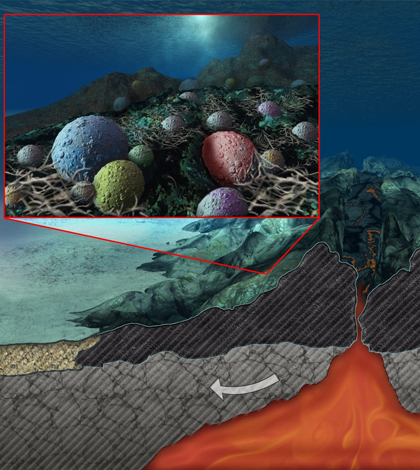Microbial life discovered up to 75 meters below the seafloor

New discoveries show that microbial life can survive dozens of meters below the seafloor. (Credit: Nicolle Rager-Fuller / NSF)
Groundbreaking new discoveries of the ocean’s depths have found that life can survive in the darkest places on Earth, according to a release from the National Science Foundation.
Marine scientists from around the world found microbial life surviving deep beneath the sediment of the ocean floor in seven locations of the South Pacific gyre. This ocean region was widely considered the deadest region of the oceans.
It was previously thought that there wasn’t any oxygen to support life below the top layer of the ocean floor sediment. But, the research revealed that the sediment is very light-weight, accumulated over millions of years. The microbes have very low respiration, making them difficult to detect.
“We found that there is no limit to life in this sediment,” said Steven D’Hondt, scientist at the University of Rhode Island and lead author of the paper. “Oxygen and aerobic microbes hang in there all the way to the igneous basement, to at least 75 meters below the seafloor.”
The scientists believe this discovery may lead to a better understanding of the chemical evolution of Earth and how life came to be.
Top image: New discoveries show that microbial life can survive dozens of meters below the seafloor. (Credit: Nicolle Rager-Fuller / NSF)





0 comments